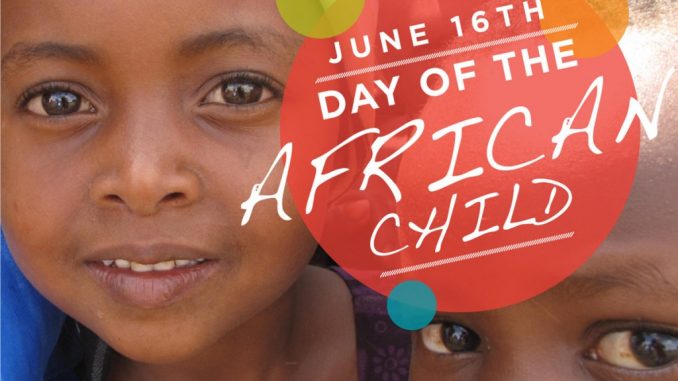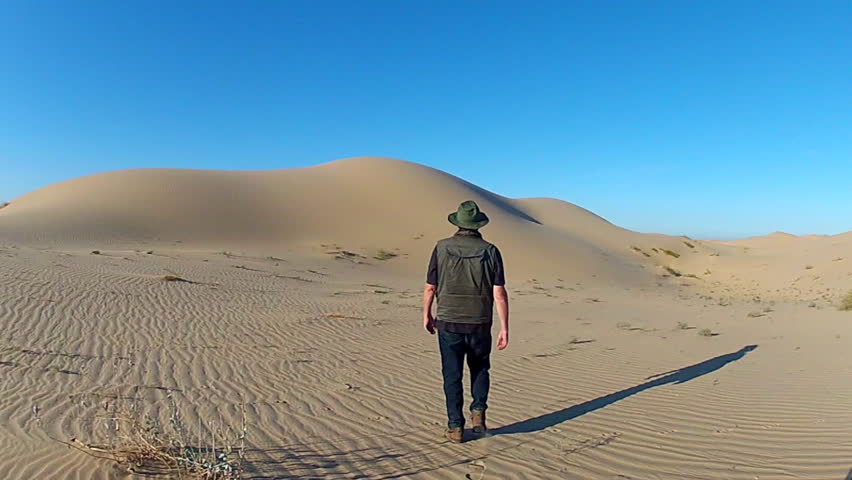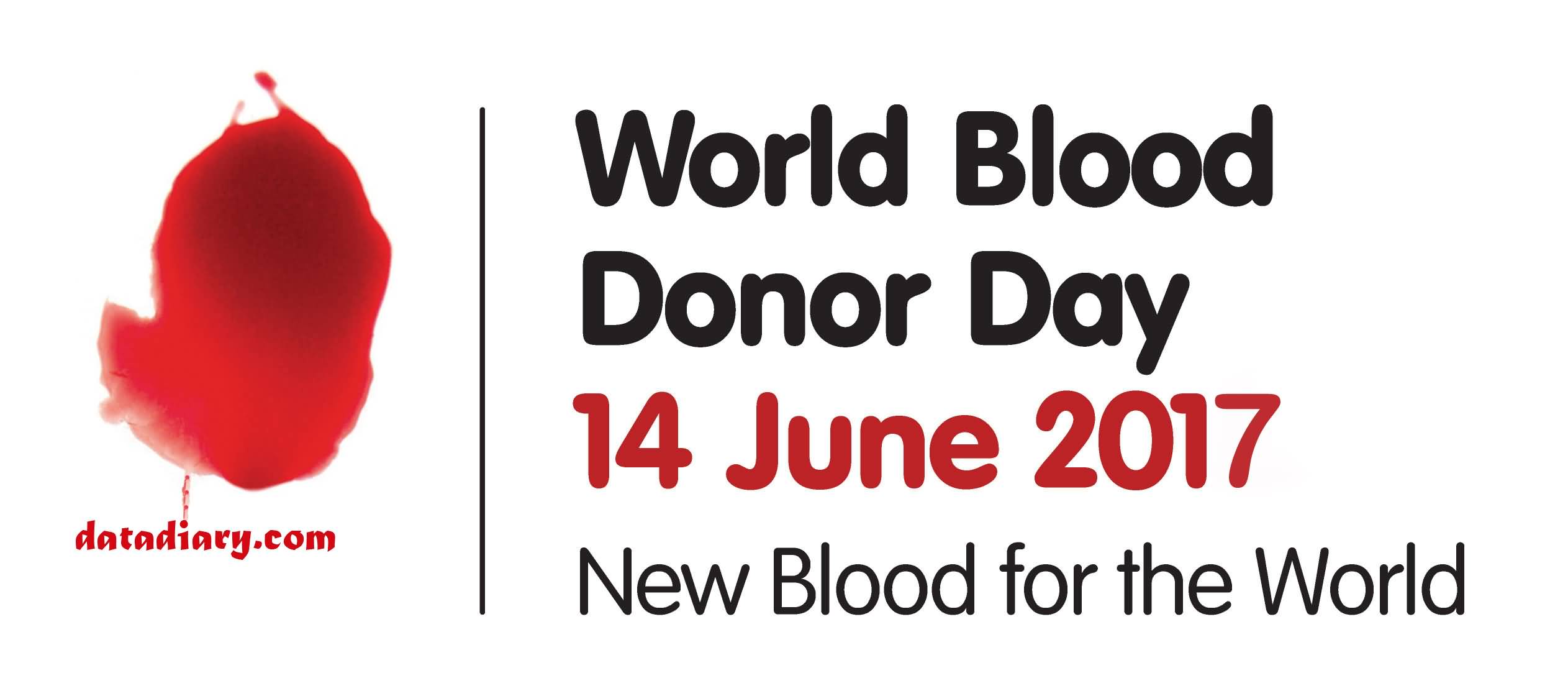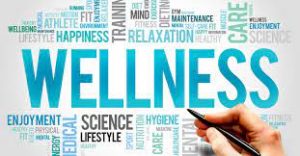 What is Hunger
What is Hunger
Everyone feels hungry on a daily basis. Most people are able to satisfy this craving and need. Even if not immediately, they can count on having a meal or snack within hours. This is not the type of hunger that Bread is concerned with.
People who suffer chronic hunger don’t have the option of eating when they are hungry. They do not get enough calories, essential nutrients, or both. People who are hungry have an ongoing problem with getting food to eat. They have a primary need — how to feed themselves and their children today and tomorrow. They have little energy for anything else.
Access and availability of food
It is commonly known that the cause of hunger in the world is not a shortage of food but rather access to food.
Some people are hungry because food is in short supply in their area and for a specific reason. It may be because they can’t afford to buy enough food. It may be both.
Some countries have a “hunger season” every year. It’s when the previous harvest is gone and the next harvest is not yet ready. It can last as long as three or four months.
The U.S. doesn’t have that kind of a hunger season, but for many families, some weeks are hungrier than others. These usually come toward the end of the month, as families run short of food before they have money to buy more. People can’t simply decide to spend less on rent, but if necessary, they can spend less on food.
For many low-wage workers, retirees, people with disabilities, and their families, even careful planning cannot stretch the grocery budget throughout the month. Less expensive — and less nutritious — filler foods can keep children’s stomachs from growling, but they can’t provide what children need to grow and learn. Adults who are missing meals because they can’t afford to buy food can’t concentrate as well at work.
What is food insecurity?
People in certain conditions, whether they live in the developing world or the United States, are extremely vulnerable to hunger. A month of bad weather for a farmer or an illness for a worker and a loss of income can mean less food and the prospect of hunger.
Food insecurity is the more formal term for this condition. People living with food insecurity lack a stable, reliable means of getting the meals they need.
Bread for the World works toward food security. This means an end not only to chronic hunger and malnutrition, but also to constant worry about where the next meal is coming from.
As the World Food Summit described it, food security is when “all people at all times… have access to sufficient safe and nutritious food… for an active and healthy life.”
Some events, like natural disasters or conflict, are unpreventable and cause hunger. But Bread wants to help end the persistent hunger that exists outside these events.
Source: Text: Bread for the World Image: www.hungerfree.org
 The Day of the African Child has been celebrated on June 16 every year since 1991, when it was first initiated by the OAU Organisation of African Unity. It honors those who participated in the Soweto Uprising in 1976 on that day. It also raises awareness of the continuing need for improvement of the education provided to African children.
The Day of the African Child has been celebrated on June 16 every year since 1991, when it was first initiated by the OAU Organisation of African Unity. It honors those who participated in the Soweto Uprising in 1976 on that day. It also raises awareness of the continuing need for improvement of the education provided to African children.


 What is Hunger
What is Hunger  body and losing too much of it was bound to have tragic consequences on the patient. So it was that experimentation began, and a whole new breed of heroes was born that contribute their blood so that others may live. Blood Donors save lives every day by giving of themselves so that accident victims and those in need of transfusions for surgeries can live.
body and losing too much of it was bound to have tragic consequences on the patient. So it was that experimentation began, and a whole new breed of heroes was born that contribute their blood so that others may live. Blood Donors save lives every day by giving of themselves so that accident victims and those in need of transfusions for surgeries can live.
 affected.
affected. What is GWD?
What is GWD?

 2017 Theme: “Our oceans, our future”
2017 Theme: “Our oceans, our future” Man is both creature and moulder of his environment, which gives him physical sustenance and affords him the opportunity for intellectual, moral, social and spiritual growth. In the long and tortuous evolution of the human race on this planet a stage has been reached when, through the rapid acceleration of science and technology, man has acquired the power to transform his environment in countless ways and on an unprecedented scale.
Man is both creature and moulder of his environment, which gives him physical sustenance and affords him the opportunity for intellectual, moral, social and spiritual growth. In the long and tortuous evolution of the human race on this planet a stage has been reached when, through the rapid acceleration of science and technology, man has acquired the power to transform his environment in countless ways and on an unprecedented scale.